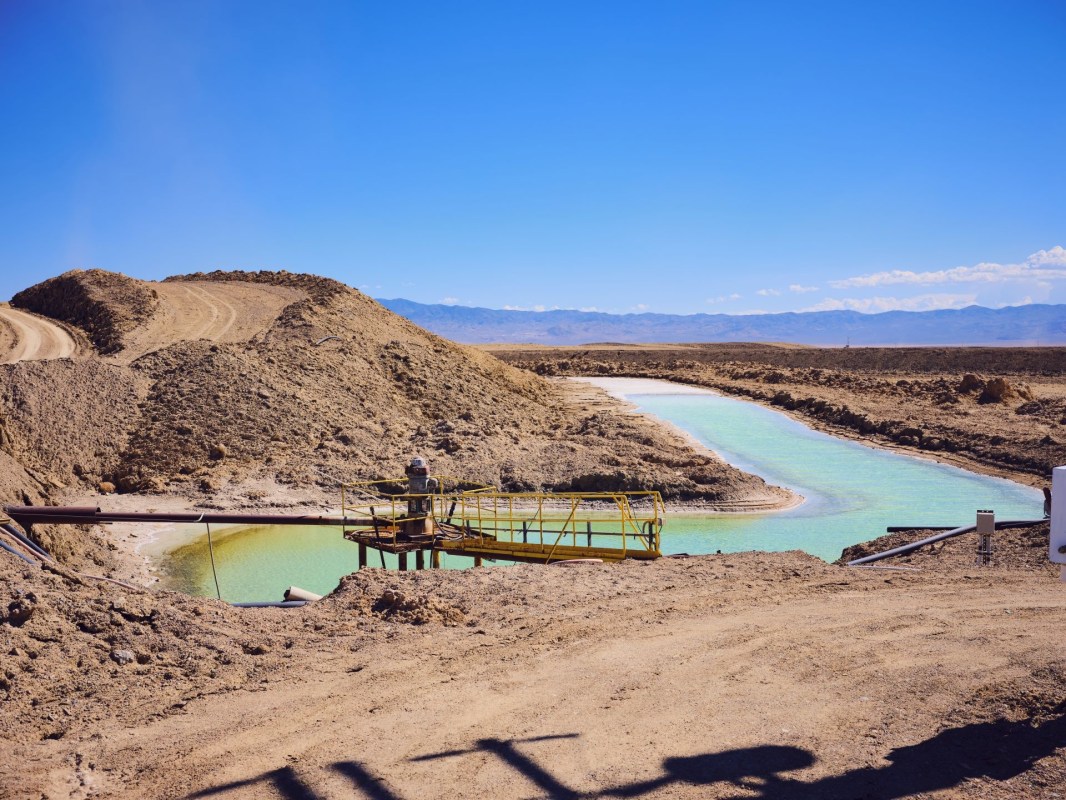There is no doubt that electric vehicles are better for our planet than gas-powered ones, as traditional passenger vehicles create more than 100,000 pounds of planet-overheating gases per year.
However, electric cars still come with their own set of problems — mainly due to the impacts of mining for lithium, which is a necessary component used in their batteries. And even though those impacts are far less severe than the impacts of mining for (and burning) dirty energy sources like gas and coal, according to a study from Oxford University, they still should be addressed.
Fortunately, according to a report from a climate policy think tank called the Climate and Community Project, it is possible for the United States to reduce our lithium demand by up to 90% by 2050, by taking a few very realistic steps.
How can we reduce lithium demand?
Lithium mining is extremely water-intensive and can permanently damage the surrounding land where it is mined. In the U.S., that disproportionately affects Native American tribal land, where 75% of lithium mining takes place.
But according to the Climate and Community Project, we could reduce lithium demand by anywhere from 18% to 66% by expanding public infrastructure. The report modeled several scenarios, from aggressive expansion, based on the existing models of European cities like Vienna and Paris, to less aggressive expansion, based on the trajectory we currently appear to be on.
Expanding public infrastructure would involve building more protected bike lanes and investing in more trains and buses. The government could also disincentivize car usage by taking away subsidies like free parking and limiting on-street parking and parking lots.
Reduce … and recycle
Another major factor that the report identified to potentially reduce lithium demand is lithium recycling.
Currently, this industry is in its infancy, as there simply aren't all that many old lithium batteries in existence to be recycled. But that will change over time, and by 2050, an estimated 33% of our lithium could come from recycled batteries.
"Conversations [about lithium mining] can lead folks to think that there's a zero-sum trade-off: either we address the climate crisis or we protect Indigenous rights and biodiversity," said the report's lead author, associate professor of political science Thea Riofrancos. "This report asks the question: is there a way to do both?"
Join our free newsletter for cool news and actionable info that makes it easy to help yourself while helping the planet.









